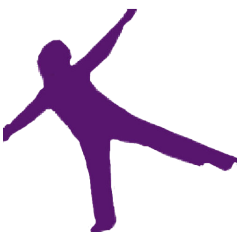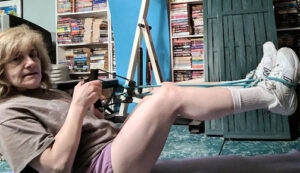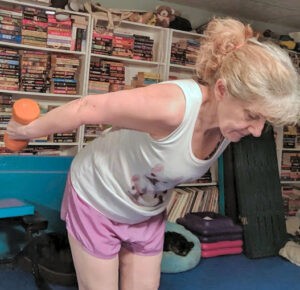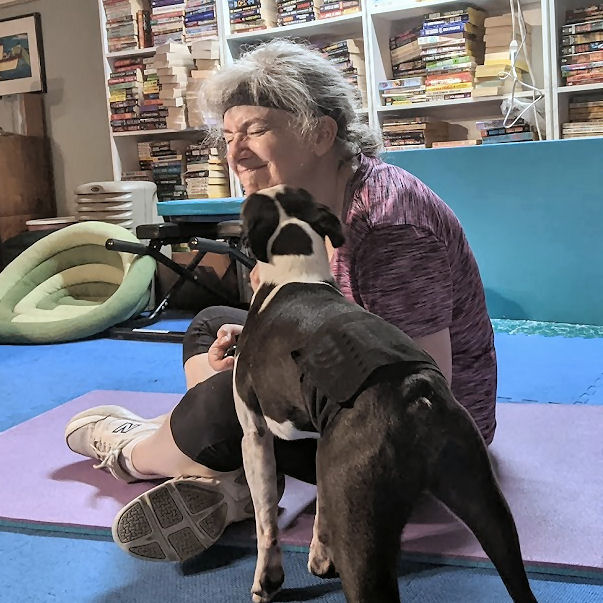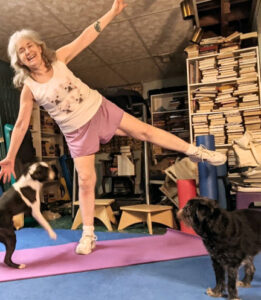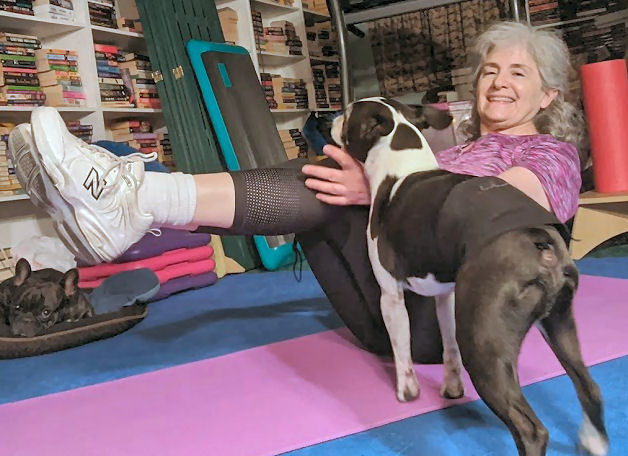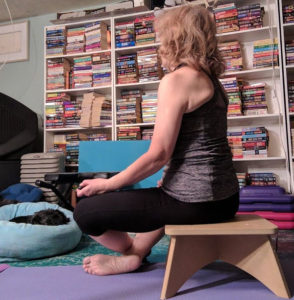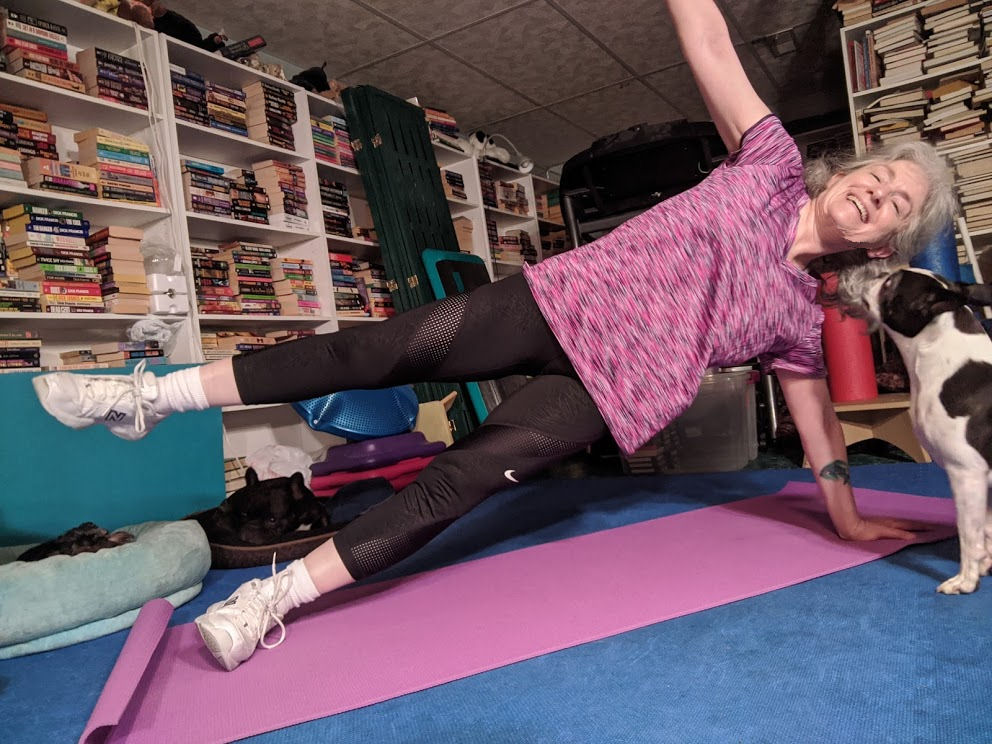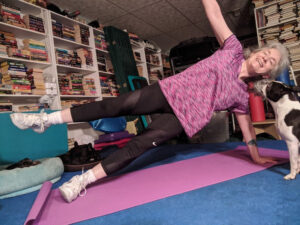Good form for the win!
Last week I gave you tips for maximizing the effectiveness of your workouts, and one of them was to make sure you have good form. So why is good form in exercise important?
This morning I did my Pilates workout with a resistance band, and noticed that the instructor was continually reminding the class of the proper technique. Breathe in when you do this, make sure your abdominals are pulled in, and make sure your back is straight. Why is it important to have good form?
Avoid injury
First, and probably, most important, it’s important to maintain good form in exercise so you don’t injure yourself. I’ve talked about avoiding back pain by tightening my core – there it is. Make sure your back is straight and not twisted? Again, good form. When you’re exercising with good form, you avoid strains, sprains, tears, twinges, and all sorts of nasty things. When you’re doing squats, making sure that you can see your shoelaces when you look down ensures that you’re protecting your knees. And that’s something we all need to keep in mind for our healthy aging.
Focus on targeted muscle groups
When you have good form when you exercise, you know that you’re targeting what you’re supposed to be targeting. You’re using the muscle groups that you’re supposed to be using. And you’ll get the maximum benefit from the exercise. Like this morning, during my Pilates workout, the instructor emphasized during a few of the exercises that the shoulders should be back and down to work them properly. I’ve had experience with shoulder injuries, and the last thing I want is to re-injure the joint. So I made extra sure that I followed the instructor’s direction.
Optimize time
When we really focus on having good form in exercise, we’re truly getting maximum benefit from minimum time. I don’t have time to waste and neither do you! So let’s get strong with good form.
